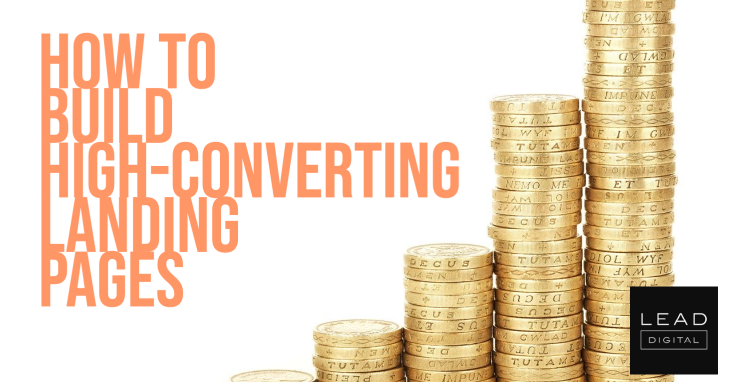
Your landing page is the face of your brand. It digitally introduces your visitors to the products or services you offer and the problems you solve.
Though widely popular among the digital marketers across the globe, only a few top contenders in a niche understand the nitty-gritty of creating a landing page that converts at par with the industry average.
What is a landing page?
A landing page is a standalone page designed to generate qualified leads. In order to achieve this objective, you can have micro conversions on your landing page, such as filling out a form, signing up for a free trial, registering interest in a product or service, etc.
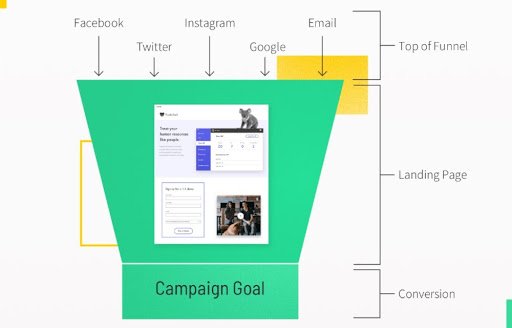
Marketers generally send warm traffic to a landing page—the traffic that has shown some interest in your offer. Among other channels your visitors might come from pay per click (PPC) advertising through social media or through an email list.
Landing page conversion rates vary with industries and their objectives. Hence, it’s unfair to set an ideal conversion rate that fits all industries.
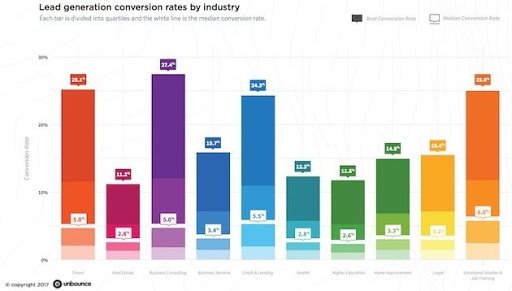
The graph shown above illustrates the difference between the high-performing landing pages and others. To set a target for yourself, you can refer to the conversion rate benchmarks in your industry.
What is the first step to building high-converting landing pages?
Don’t fall for any manual that guarantees a high-converting landing page—they don’t exist. As mentioned in the above section, the conversion rate standards are industry specific, which can probably guide you setting a target in the initial stages of your landing page design process. However, as a starting point, it is imperative for you to have a sound understanding of your brand and its value propositions, apart from having knowledge about basic website design and user experience (UX).
Iterations never hurt, but guessing games can do collateral damage to your business.
Landing pages require continuous testing and optimization for better conversions. Understanding this is the first, important step of your optimization journey. You can certainly stop guessing what your visitors want from your landing page and utilize tools such as heatmaps, eye-tracking software, and more to gauge visitor behavior on your page. Generating valuable insights from these tools can help you improve the design, CTA, etc., and thereby, can help your conversions.
What does a high-converting landing page comprise?
Crisp above-the-fold content
The design of your landing page impacts the conversion rate. The fold plays a vital role in conversion rate optimization. Everything that appears on the screen when you first load the page is your webpage’s above-the-fold content.
Nielsen Norman Group conducted a study on people’s online browsing habits[1]. The study has 120 participants who interacted with thousands of sites in different niches. Using eye-tracking software, they looked at how people interacted with different websites.
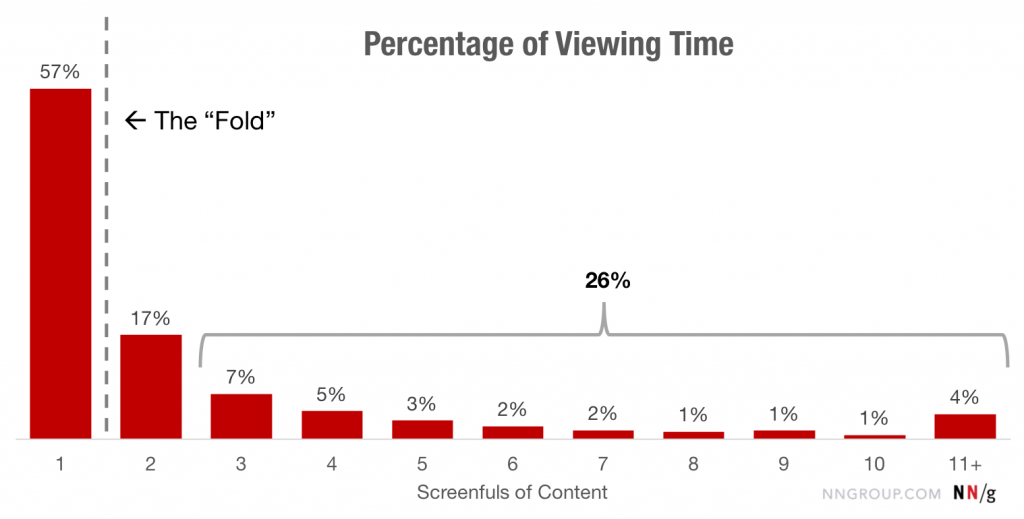
Based on their findings, the Nielsen Norman Group concluded that; “Users do scroll, but only if what’s above the fold is promising enough. What is visible on the page without requiring any action is what encourages us to scroll.”
Unsurprisingly, the majority of the high-converting landing pages are designed to have the maximum above-the-fold impact. Many successful landing pages contain all of the key information a visitor might need above the fold, almost like a mini sales page. Take an example from VWO.
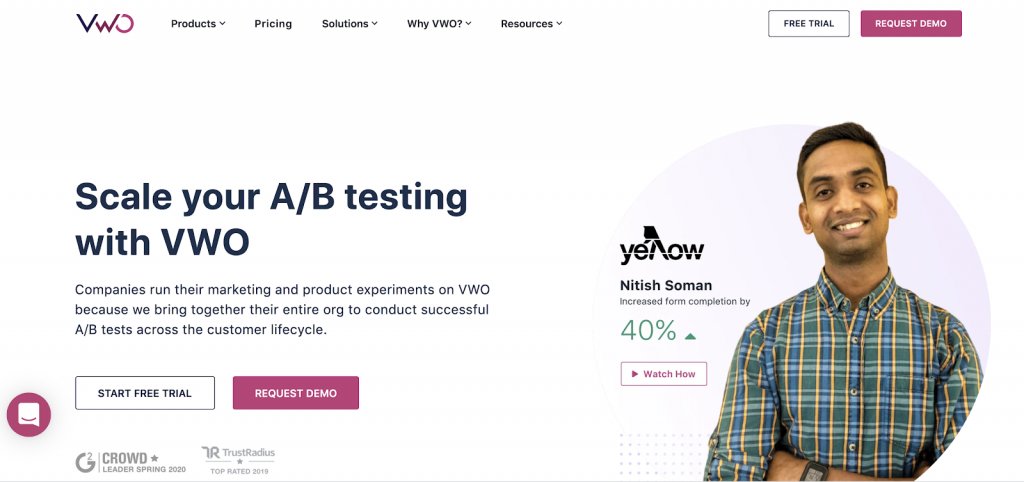
You can see, the content above the fold includes essential landing page elements that help convince a visitor to take action. It includes:
- Headline
- Engaging sub-headline
- Call to action
- Social proof
The design of the landing page relies on grabbing the users’ attention right from the start. If a visitor wants to find out more information, they can then scroll down the page, where critical elements of the sales message are expanded upon.
A headline with impact
David Ogilvy, the founder of the global marketing company Ogilvy, famously said about headlines: “five times as many people read the headline as read the body copy.”[2] His quote is from a pre-internet age, but the sentiment holds to this day. – Read more



